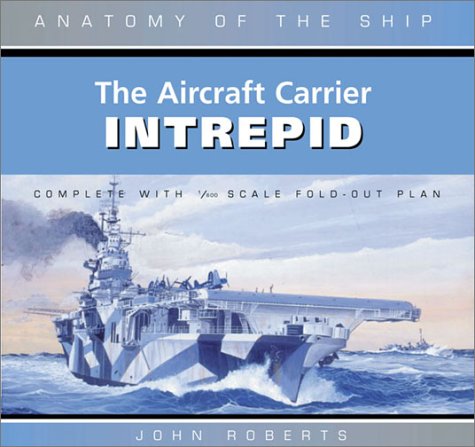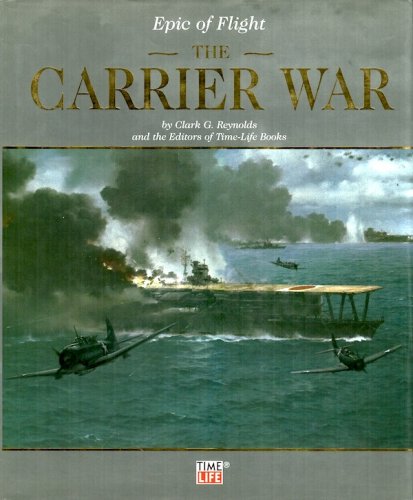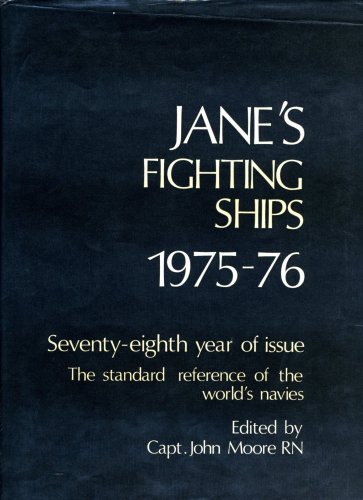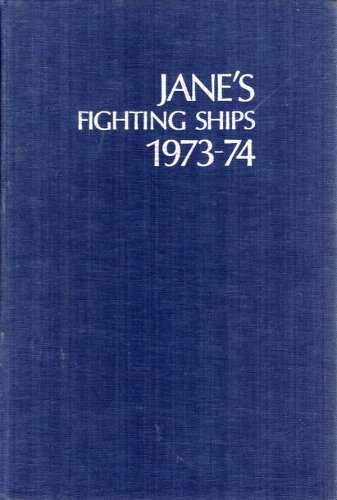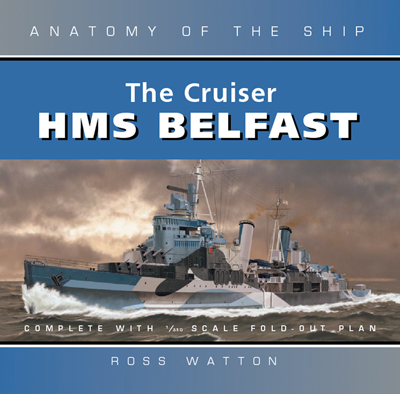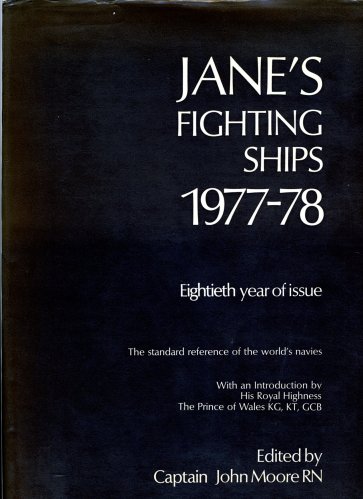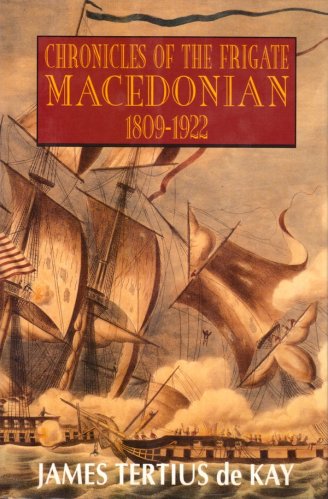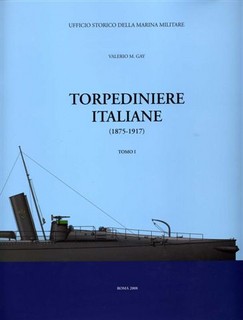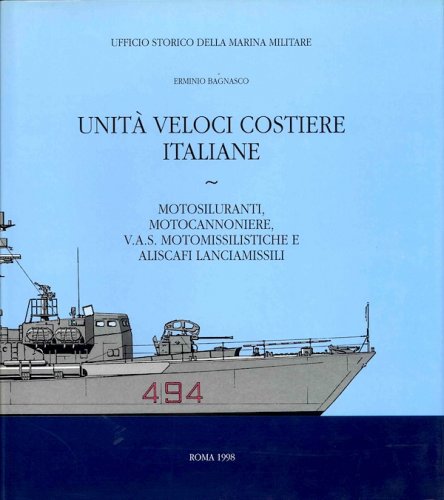Aircraft carrier Intrepid
complete with a 1:350 scale fold out plan
Aircraft carrier Intrepid
complete with a 1:350 scale fold out plan
- Disponibile in 7 giorni
- Possibilità di reso entro 10 giorni lavorativi
- Transazione sicura con carta di credito, Paypal o bonifico bancario
- Spedizione tracciata con SDA
Laid down as a Heel carrier in 1941, USS Intrepid (CV11) was one of a class ol 24 vessels constructed during, and immediately alter, the Second World War. As such she belongs t? a remarkable group of ships - remarkable not for any great design innovation but for their proved effectiveness and reliability as warships and for the great size of the construction programmes of which they formed a part. In numbers of ships the Essex class was the largest class of fleet carriers ever constructed and as such could also claim to be the largest group of capital ships constructed during the steam age. The FY40 (Financial Year 1940) programme provided for 11, of which 5 - Essex (CV9), Yorktoun (CV 10), Intrepid (CV 11), Lexington (CV 16) and Bunker Hill (CV17) - were begun prior to the outbreak of war. The remaining 6, together with 2 more provided under FY41, and an additional 13 provided under the wartime FY42 (10 units) and FY43 (3 units) were laid down during the war. Of these ships no less than 17 had entered service by the end of the war while 7 were completed postwar and 2 cancelled. Another 6 ships were included in FY44 but these were subsequently cancelled and were never laid down. The size of this class, and indeed the great size ol the entire US war construction effort, not only reflected the enormous industrial capacity of the United States but also its ability to mastermind cooperative effort and the simplification of production requirements and methods. In other words, as might be expected from the country that produced the Ford motor car, it amounted to mass production. Early in the war it was decided to concentrate on the construction of existing warship designs, hence the Essex class represented the entire war production of fleet carriers. Another class, the Midways, was begun in 1943 but none saw service during the war. Cruisers were largely represented by the 6in gun Cleveland class (of which no less than 52 were ordered) and the 8in Baltimore class, destroyers by the Fletcher and Gearing classes and so on. By concentrating on such designs building yards could streamline production, resulting in some remarkably short construction times. Intrepid herself was built in 20 months, while one Essex, the Franklin (CV13), was completed in just under 14 months.

